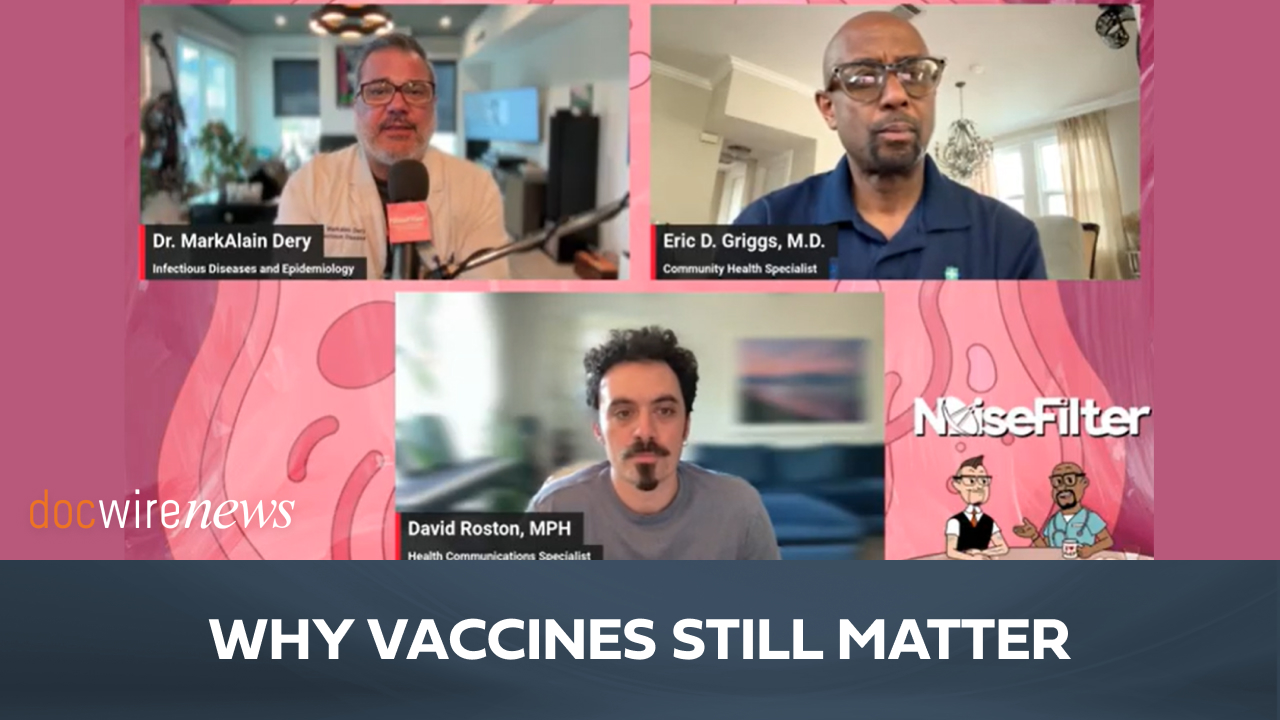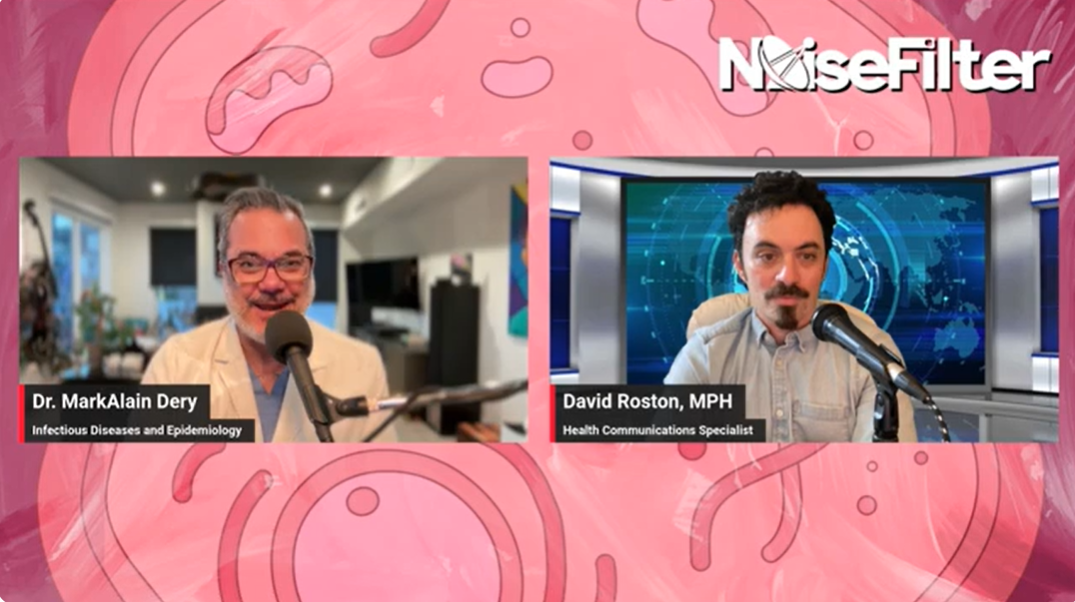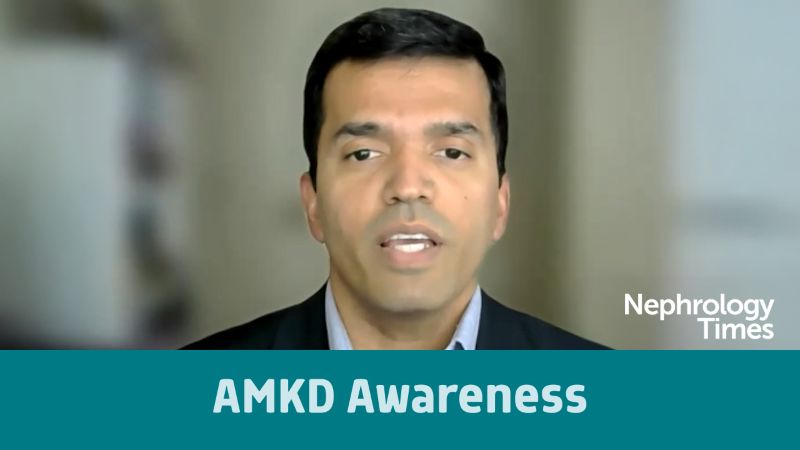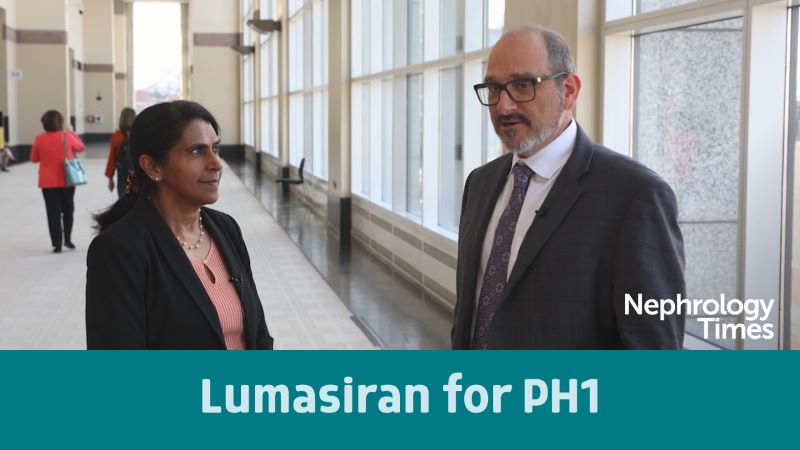Dr. Corey Siegel Talks Personalized Prognostic Tool for Crohn's Disease
By Rob Dillard - Last Updated: April 27, 2023DocWire News recently spoke with Corey Siegel, MD, MS, a gastroenterologist from Dartmouth Hitchcock Medical Center, about CDPATH™, a validated risk assessment tool for certain adults living with Crohn’s disease (CD). CDPATH uses blood tests to help predict the potential risk of developing serious CD-related complications – empowering patients and their doctors to engage in shared decision making as part of a more proactive approach to managing their disease.
DocWire News: Can you provide us with some professional background on yourself?
I’m a gastroenterologist, as you mentioned, at Dartmouth Health, specifically at the Dartmouth Hitchcock Medical Center which is in Lebanon, New Hampshire. I’m a professor of medicine here at the Geisel School of Medicine at Dartmouth and a specialist in inflammatory bowel disease. So most of my time is taking care of patients with Crohn’s disease and ulcerative colitis.
Talk to us about Crohn’s Disease – how is it characterized, how many people are diagnosed each year, and what are the dangers associated with it?
Yeah, so Crohn’s disease is an inflammatory bowel disease, meaning it actually causes inflammation in the form of ulcerations or scarring in the intestine. It can involve the entire intestinal tract, so everything from the mouth through your esophagus, stomach, small intestine, colon, the rectum, and then the end, which is called the anus, are all can be affected by Crohn’s disease. The way I try to explain it to people who don’t know anything about these diseases is think about the time when you had the worst cancer sore in your mouth and how painful and difficult that can be until it heals.
But that’s sort of what Crohn’s disease looks like through your entire intestine when people get. It affects people of all ages, but the most common time to get diagnosed is in the late teen years and early 20s. But we’ve seen, unfortunately, babies who can have Crohn’s disease, and even people up until their 80s and 90s who get diagnosed, but most people are young at the time of diagnosis.
They can really tell us they have a whole number of symptoms, but the main symptoms are typically diarrhea, abdominal pain, blood in their stools, and it really can affect the whole body. So there’s skin problems, eye problems, joint problems that can all be caused by this inflammation that’s essentially your immune system being overactive and really attacking the bowel when it shouldn’t be doing that.
And that’s really the basis of this disease. In the United States, probably 1.5 or so million people are affected by this. It affects close to about one per thousand people or even more, so it really can be relatively common. That’s not an uncommon thing, but most people know somebody who’s had Crohn’s disease or a friend or family member with Crohn’s disease.
How is Crohn’s disease typically treated, and are the treatments effective?
Yeah, so we’re getting a lot better at this. And I started training, we just had a few drugs to treat Crohn’s disease and many patients ended up having an operation to take out a diseased part of their intestine. Now we have probably a dozen effective drugs, and we treat it with mostly the most effective medications that we use or what we call biologic drugs.
If you watch TV at all, you probably see commercials for these all the time, where they talk about different treatments. They’re often injectable drugs or intravenous drugs. And now there’s a whole new class of drugs coming out that are oral pills that also can work very well to treat. And what they’re doing essentially is quieting down certain parts of the immune system to help decrease that inflammation. And a very important part of treating Crohn’s disease, which will lead into some of the next topics we talk about, are that if you wait too long to treat it, these drugs are not effective.
If you wait until you’re really sick, then it might be too late for these medications. The most effective way to use these drugs is as early as you can soon after diagnosis and that prevents the complications. And there’s some misunderstanding that, “Well, I don’t want to take these medications. They sound scary. They have side effects I don’t want to deal with, so I’ll just wait until I’m really sick and then I’ll take the medications, because then I feel like I kind of need them and deserve them more.” But again, sadly, that sort of misses that window of opportunity that we have, and we really want to get people earlier in their treatment.
Talk to us about the recently launched CDPATH program. How does it work, and how can it aid in the fight against Crohn’s Disease?
Yeah, absolutely. And thanks for your interest in this. This is a research project that I started 15 plus years ago when I recognized that sitting in clinic, in the office with my patients one of the real struggles I had was trying to figure out how patients with Crohn’s disease are going to do over the next three, or five, or 10 years in the future. And the reason that is, is people with Crohn’s disease don’t all get sick. Some people do quite well with either no medications or really mild medications, where others very rapidly get sick and might even have to go to the operating room within a year of diagnosis.
So if we can risk stratify and figure out who’s who, a little bit of a crystal ball of, “Oh, I’m worried about your Crohn’s disease, so we better treat you much more intensively with our medications right at diagnosis.” It was my observation that if we can figure that out, it would really help us treat patients better. But better than that, it would help us communicate with our patients more.
So if you’re a young person showing up in a gastroenterologist office and you don’t feel that bad, but somebody diagnosed you with Crohn’s disease and said, “You need to go on these medications that have this whole list of side effects.” Your answer might be, “Ugh. I don’t know that I need that. I don’t feel that terrible. I’m getting by okay.” So the root of what really drove us towards developing CDPath is if we can develop a tool that can accurately predict which people with Crohn’s disease are going to have a very mild course and which are going to have a more difficult course. And then if we can show that to patients so patients can understand who’s who, it would help the patient and their provider make decisions together.
This whole concept of shared decision-making, of sharing information. And complex statistics isn’t going to get you there. So the way we developed this was a very simple graph that shows essentially how you as an individual are going to do over the next few years.
What are three key takeaways of the CDPATH program that you want to leave our audience with today?
Sure. Well, we’ve developed this test. Number one, is we developed a test that’s a simple blood test that can help us predict what your course of Crohn’s disease will be like. So that’s number one. Number two is that it’s offered completely for free for most people. And if you talk to your provider, they can work with a representative from Takeda Pharmaceuticals who very generously sponsors getting this test done, and it could be done for free.
The third is get tested early, soon after diagnosis. This test doesn’t help us 10 or so years after diagnosis. It really helps us within those first, ideally first few years, but up to the first 10 years to help us predict your course. So get tested early. The test is for free and it helps us risk stratify patients with Crohn’s disease, so it can help dictate a personalized treatment course for an individual.
Any closing thoughts?
I’m hopeful that this test can help people and help really stimulate conversations with their providers and that’s more what we want to do. We can treat Crohn’s disease really well with medications that we have, but again, it has to be earlier and it has to be at the right time. So we hope this is just one step in many that are coming in the future to help us get there.







 © 2025 Mashup Media, LLC, a Formedics Property. All Rights Reserved.
© 2025 Mashup Media, LLC, a Formedics Property. All Rights Reserved.